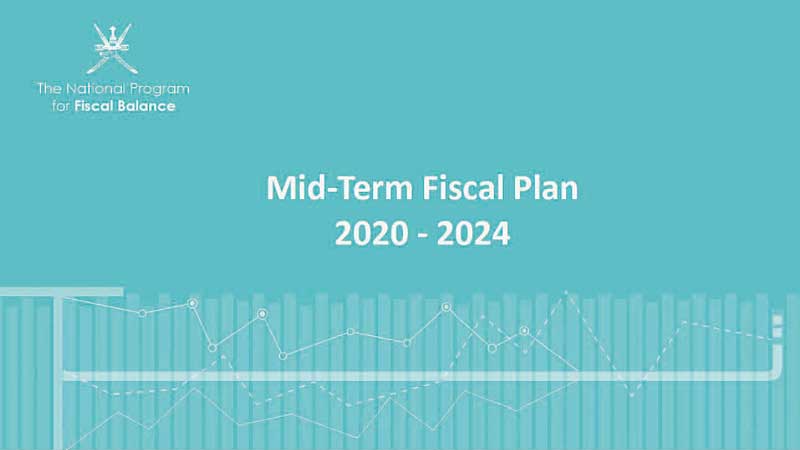

KEY MEASURES: A raft of new initiatives has been approved in support of the government’s fiscal consolidation efforts. They include plans for rationalisation of government service fees, maximisation of returns commercial and government lands, rollback of subsidy on cooking gas (LPG), and adoption of energy conserving street lighting systems
The Omani government’s landmark Medium Term Fiscal Plan (MTFP) — a far-reaching blueprint for achieving fiscal sustainability — envisions contributions from Value Added Tax (VAT), a new personal income tax for high-earners, and the gradual rollback of electricity and water subsidies, aggregating in excess of RO 6 billion in value over the five year (2020-2024) timeframe of the fiscal plan.
According to details shared by the National Programme for
Fiscal Balance (Tawazun), VAT on goods and services — a new indirect tax due to be implemented with effect from April 2021 — is expected to yield additional revenues totalling RO 2.585 billion over the 2020-2024 timeframe of the fiscal plan.
Likewise, personal income tax — slated for introduction on the affluent starting from 2022 — is anticipated to generate RO 1.267 billion over the same period.
The Medium Term Fiscal Plan, first unveiled by the Ministry of Finance (MoF) last month, outlines a number of measures to help reduce the primary and overall fiscal deficits as a percentage of GDP sustainable levels in the medium term. Following its implementation over the 2020-2024 timeframe, the budget deficit is projected to gradually narrow to 1.7 per cent of GDP in 2024 versus about 8 per cent presently.
Significantly, VAT and personal income tax (PIT) are just two of a number of policy reforms and initiatives approved by the government for implementation as part of the Tawazun Programme.
Reductions in civil, security and defence expenditures planned over the five-year period will cumulatively amount to RO 5.001 billion in value.
Additionally, Tawazun is expected to capture RO 1.478 billion in spending efficiencies in development expenditures during this period.
In essence, the five main initiatives to achieve fiscal balance over the medium term — (i) reduction in civil, security and defence expenditures, (ii) Value Added Tax (iii) Water and Electricity subsidy reforms (iv) Personal Income Tax), and (v) Development Expenditure Spending Efficiencies – are expected contribute around 75 per cent of the fiscal impact envisioned by the Medium Term Fiscal Plan, say officials.
Furthermore, a raft of new initiatives has been approved in support of the government’s fiscal consolidation efforts.
They include plans for rationalisation of government service fees, maximisation of returns commercial and government lands, rollback of subsidy on cooking gas (LPG), and adoption of energy conserving street lighting systems.
Also envisaged are measures to strengthen Oman’s fiscal management systems. Initiatives planned towards this end include moves for the introduction of a centralised procurement system, national assets register, single treasury account, Government Financial Management Information System (GFMIS), Endowment Management, Debt Management Office, and Macro-Fiscal Unit.
CONRAD PRABHU
@conradprabhu
Oman Observer is now on the WhatsApp channel. Click here



